
How to Use 452096 2500mAh : Examples, Pinouts, and Specs
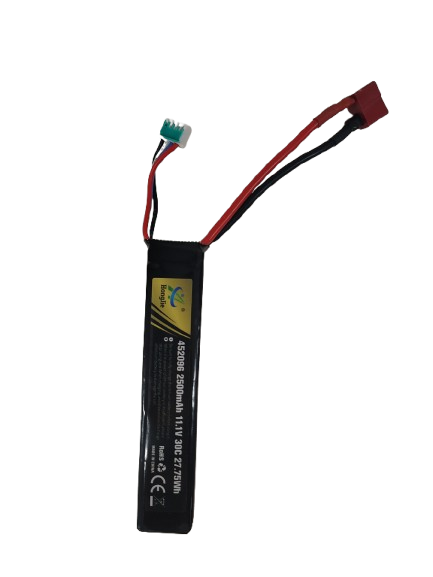
 Design with 452096 2500mAh in Cirkit Designer
Design with 452096 2500mAh in Cirkit DesignerIntroduction
The 452096 2500mAh is a rechargeable lithium-ion battery manufactured by HongJie. It is designed to provide reliable and efficient power for a wide range of portable electronic devices. With a capacity of 2500mAh, this battery is ideal for applications requiring long-lasting energy storage in a compact form factor.
Explore Projects Built with 452096 2500mAh
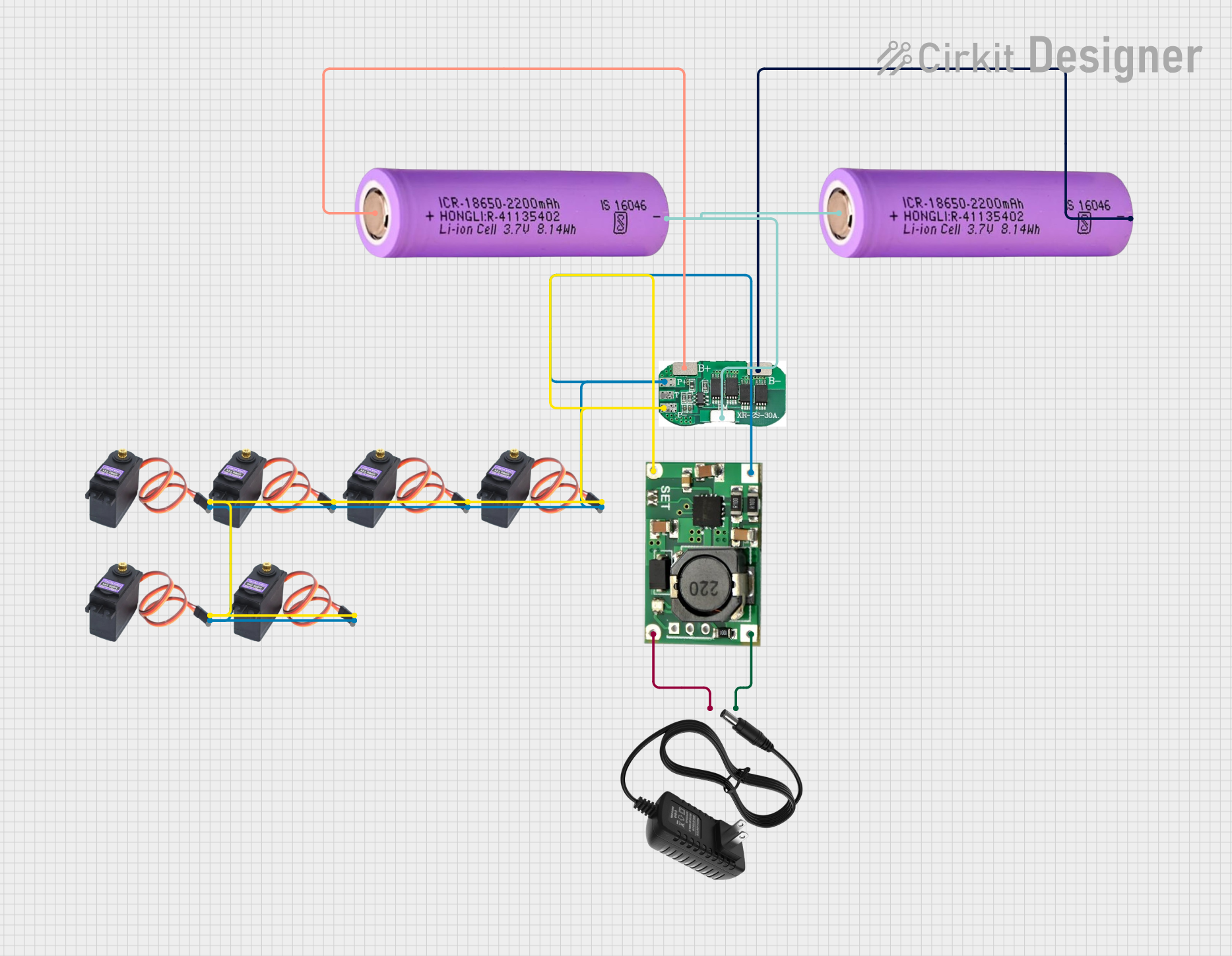
 Open Project in Cirkit Designer
Open Project in Cirkit Designer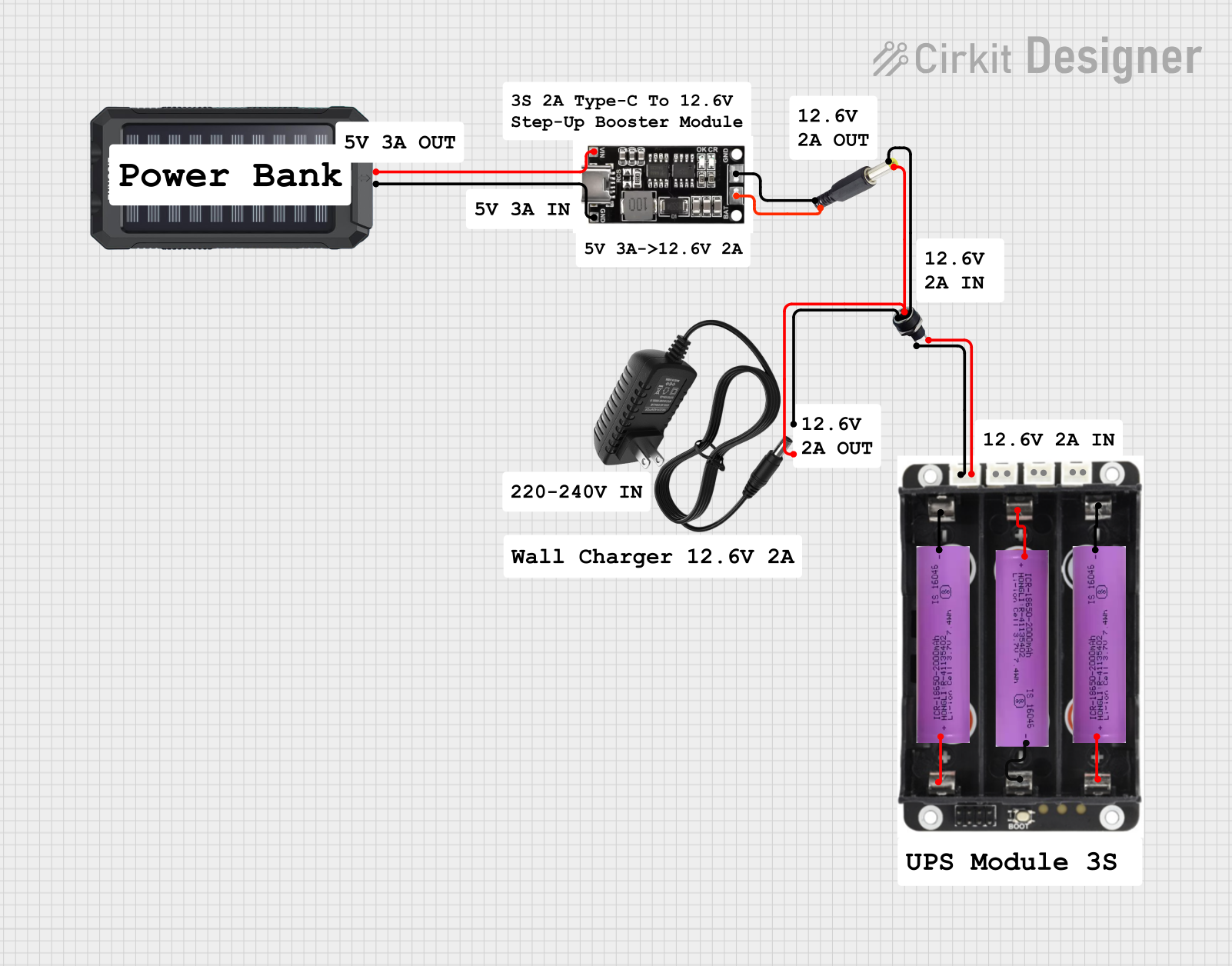
 Open Project in Cirkit Designer
Open Project in Cirkit Designer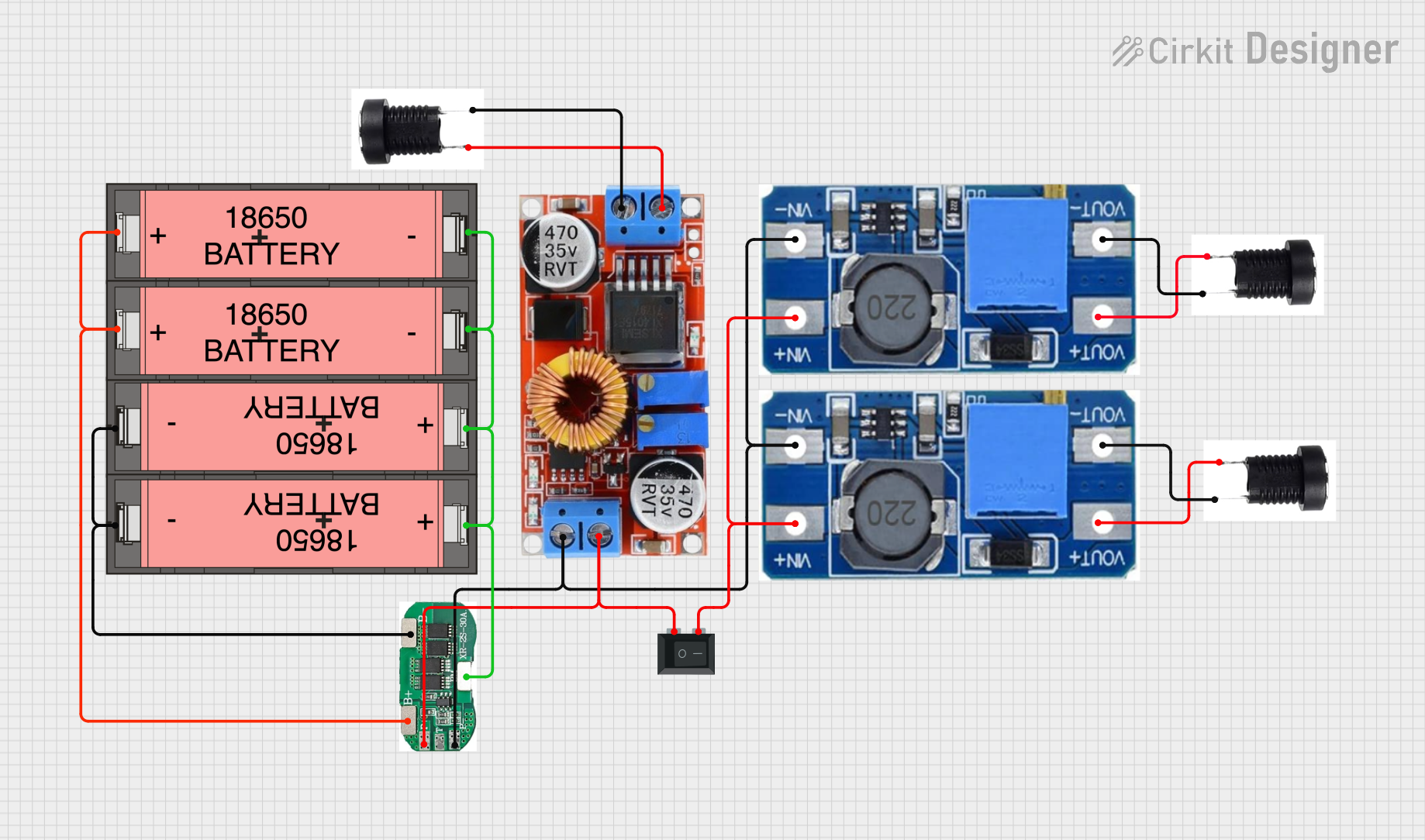
 Open Project in Cirkit Designer
Open Project in Cirkit Designer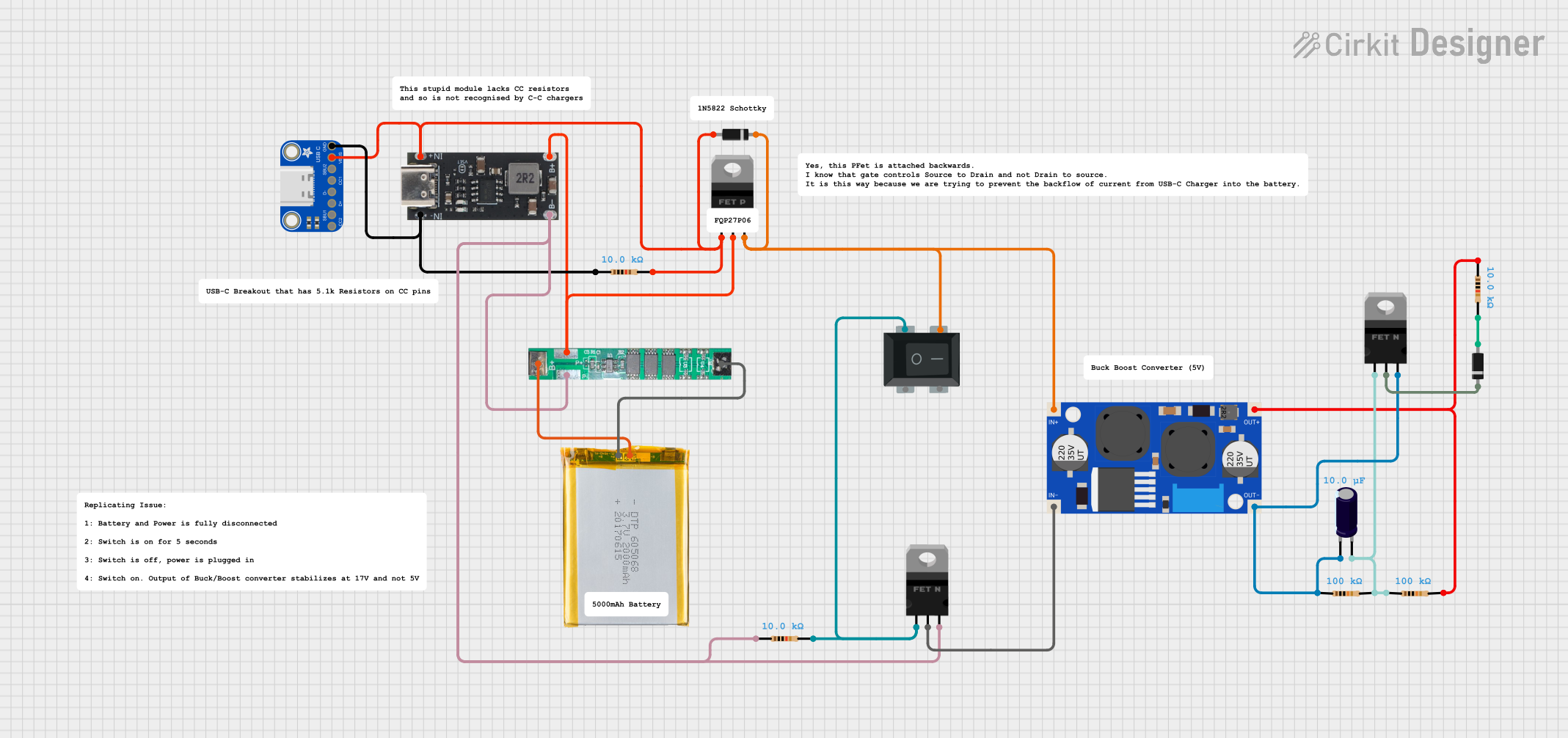
 Open Project in Cirkit Designer
Open Project in Cirkit DesignerExplore Projects Built with 452096 2500mAh

 Open Project in Cirkit Designer
Open Project in Cirkit Designer
 Open Project in Cirkit Designer
Open Project in Cirkit Designer
 Open Project in Cirkit Designer
Open Project in Cirkit Designer
 Open Project in Cirkit Designer
Open Project in Cirkit DesignerCommon Applications and Use Cases
- Portable electronic devices (e.g., handheld gaming consoles, MP3 players)
- IoT devices and sensors
- Power banks and backup power systems
- Wearable technology
- Robotics and small motorized systems
Technical Specifications
The following table outlines the key technical details of the 452096 2500mAh lithium-ion battery:
| Parameter | Value |
|---|---|
| Manufacturer | HongJie |
| Part ID | 452096 |
| Battery Type | Lithium-Ion (Li-Ion) |
| Nominal Voltage | 3.7V |
| Capacity | 2500mAh |
| Charging Voltage | 4.2V (maximum) |
| Discharge Cutoff Voltage | 2.75V |
| Maximum Discharge Current | 2.5A |
| Standard Charge Current | 0.5C (1.25A) |
| Fast Charge Current | 1C (2.5A) |
| Dimensions (L x W x H) | 45mm x 20mm x 96mm |
| Weight | ~50g |
| Operating Temperature | -20°C to 60°C (discharge) |
| Storage Temperature | -20°C to 45°C |
| Cycle Life | ≥500 cycles (at 80% capacity) |
Pin Configuration and Descriptions
The 452096 2500mAh battery typically has two terminals for connection:
| Pin | Label | Description |
|---|---|---|
| 1 | + (Positive) | Positive terminal for power output |
| 2 | - (Negative) | Negative terminal for power output |
Note: Some variants may include a built-in protection circuit module (PCM) for overcharge, over-discharge, and short-circuit protection.
Usage Instructions
How to Use the Component in a Circuit
- Connection: Connect the positive terminal (
+) to the positive rail of your circuit and the negative terminal (-) to the ground rail. - Charging: Use a compatible lithium-ion battery charger with a constant current/constant voltage (CC/CV) charging profile. Ensure the charging voltage does not exceed 4.2V.
- Discharging: Ensure the load does not draw more than the maximum discharge current (2.5A). Use a current-limiting circuit if necessary.
- Protection: If the battery does not include a built-in PCM, consider adding an external protection circuit to prevent overcharging, over-discharging, and short circuits.
Important Considerations and Best Practices
- Avoid Overcharging: Charging beyond 4.2V can damage the battery and reduce its lifespan.
- Prevent Deep Discharge: Do not allow the voltage to drop below 2.75V, as this can permanently damage the battery.
- Temperature Management: Operate the battery within the specified temperature range to ensure safety and performance.
- Storage: Store the battery at a charge level of 40-60% in a cool, dry place if not in use for extended periods.
- Safety: Do not puncture, crush, or expose the battery to fire or water.
Example: Using the Battery with an Arduino UNO
The 452096 2500mAh battery can be used to power an Arduino UNO via its VIN pin. Below is an example circuit and code to read the battery voltage using an analog pin:
Circuit Setup
- Connect the battery's positive terminal to the VIN pin of the Arduino UNO.
- Connect the battery's negative terminal to the GND pin of the Arduino UNO.
- Use a voltage divider circuit (e.g., 10kΩ and 10kΩ resistors) to step down the battery voltage for safe measurement on an analog pin.
Code Example
// Define the analog pin connected to the voltage divider
const int batteryPin = A0;
// Define the voltage divider ratio (e.g., 10kΩ and 10kΩ resistors)
const float voltageDividerRatio = 2.0;
// Define the reference voltage of the Arduino (5V for UNO)
const float referenceVoltage = 5.0;
void setup() {
Serial.begin(9600); // Initialize serial communication
}
void loop() {
// Read the raw analog value from the battery pin
int rawValue = analogRead(batteryPin);
// Convert the raw value to the actual battery voltage
float batteryVoltage = (rawValue / 1023.0) * referenceVoltage * voltageDividerRatio;
// Print the battery voltage to the Serial Monitor
Serial.print("Battery Voltage: ");
Serial.print(batteryVoltage);
Serial.println(" V");
delay(1000); // Wait for 1 second before the next reading
}
Note: Ensure the voltage divider reduces the battery voltage to a safe level (below 5V) for the Arduino's analog input.
Troubleshooting and FAQs
Common Issues Users Might Face
Battery Not Charging:
- Cause: Charger not compatible or damaged.
- Solution: Verify the charger supports a 4.2V CC/CV charging profile and check connections.
Battery Drains Quickly:
- Cause: Excessive load or aging battery.
- Solution: Reduce the load current or replace the battery if it has reached the end of its cycle life.
Battery Overheats:
- Cause: Overcharging or excessive discharge current.
- Solution: Use a charger with proper voltage regulation and limit the discharge current.
Voltage Drops Below 2.75V:
- Cause: Deep discharge.
- Solution: Recharge the battery immediately. If the battery does not recover, it may be permanently damaged.
Solutions and Tips for Troubleshooting
- Always use a multimeter to verify the battery voltage and connections.
- If the battery includes a PCM, check if the protection circuit has been triggered (e.g., due to overcurrent or short circuit).
- For long-term storage, charge the battery to 40-60% capacity and store it in a cool, dry place.
Warning: Mishandling lithium-ion batteries can result in fire or explosion. Always follow safety guidelines and use certified chargers and protection circuits.